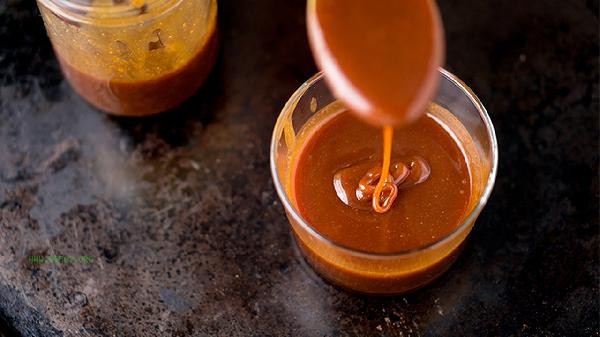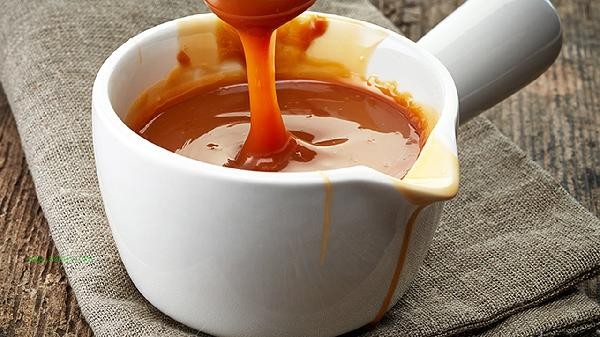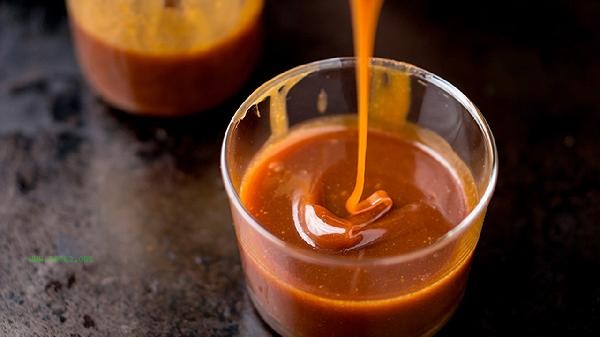Adding an appropriate amount of pectin, agar, corn starch, xanthan gum, or gelatin when making jam can increase its viscosity. These thickeners can improve the texture of fruit sauce, but the dosage needs to be adjusted according to the characteristics of the fruit and personal taste.

1. Pectin
Pectin is a natural plant polysaccharide widely found in apples and citrus fruits. When making low pectin fruit jam, additional pectin can promote the formation of gel. Commercial fruit jelly powder needs to be mixed with sugar and added to boiling fruit puree. An acidic environment can enhance its solidification effect. Excessive use can cause the jam to become too hard.
2. Agar
Agar extracted from seaweed has strong water absorption, which can form a stable gel after being dissolved in boiling water and cooled. Suitable for making vegetarian jam, with a dosage of about 0.5% -1% of the total jam. Unlike pectin, agar gel is not affected by acidity, but high temperature and long cooking will reduce the setting power.
3. Corn Starch
Economical corn starch needs to be mixed with cold water first, added to boiling jam, and continuously stirred to avoid clumping. The thickening effect of starch gradually becomes apparent as the temperature decreases, making it suitable for making jam for filling. The disadvantage is that there may be water reflux after refrigeration, and it needs to be used in conjunction with a small amount of lemon juice.

4. Xanthan gum produced by microbial fermentation has acid and heat resistance properties, and can significantly increase viscosity when used in small amounts. Suitable for low candy sauce formula, it can maintain a smooth taste without producing a gelatinous sensation. It is recommended to dry mix with sugar before adding to avoid direct contact with the liquid and the formation of lumps.
5. Geely Ding
Animal origin Geely Ding needs to be soaked in cold water, mixed with warm jam, and cooled to form elastic gel. Suitable for making mousse sandwich jam, but high temperature and protease can damage its structure. Vegetarians can choose agar as a substitute, with a usage of about twice that of gelatin. When choosing a thickener, it is necessary to consider the fruit's own pectin content, and high pectin fruits such as apples and blackcurrants can reduce the amount added. All thickeners should be tested with small samples first to avoid the finished product being too thick and affecting the taste. Homemade jam should be refrigerated and stored. Jam with natural thickeners has a shorter shelf life, and it is recommended to consume it within two weeks. When controlling the sugar content, it is necessary to increase the proportion of thickeners appropriately, and at the same time, the concentration can be increased by prolonging the boiling time to evaporate water. People who are allergic to thickeners can use the traditional slow boiling method to form gel by relying on the fruit's own pectin.









Comments (0)
Leave a Comment
No comments yet
Be the first to share your thoughts!